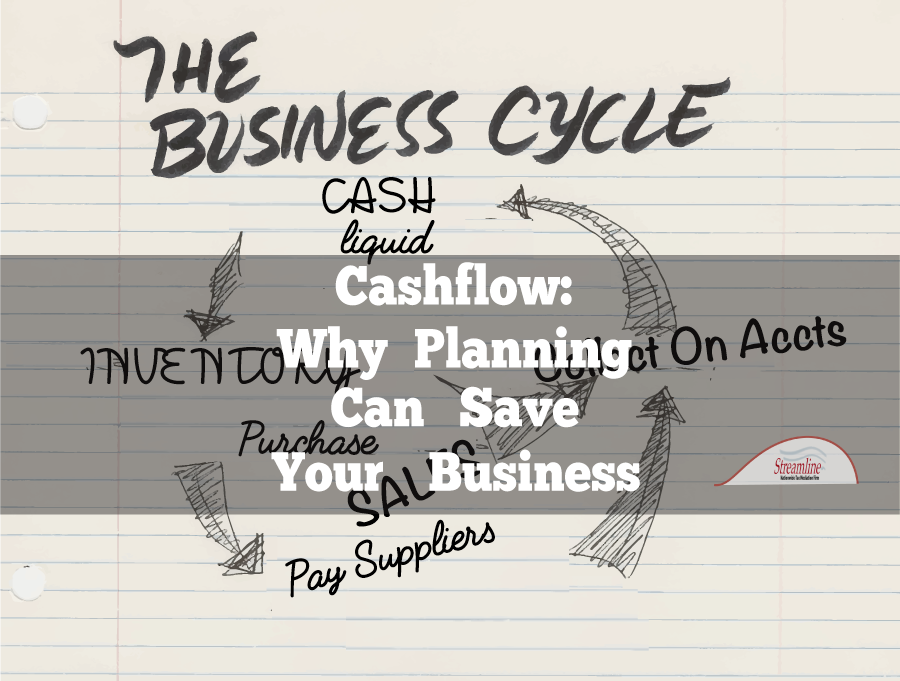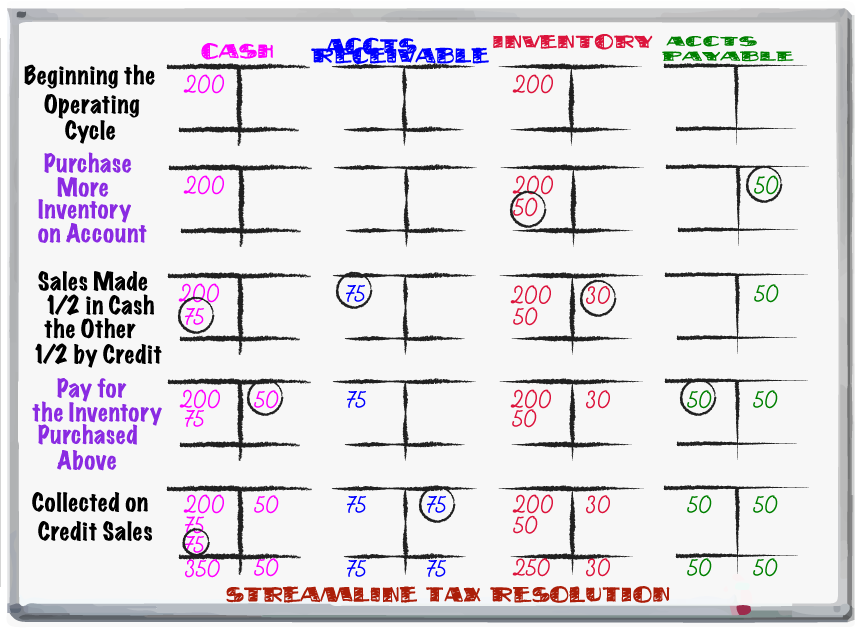Craig Thomas
Latest posts by Craig Thomas (see all)
- Chris Feels Victorious - September 8, 2016
- Are You At Risk of a Levy? - May 26, 2016
- 3 Ways To Survive Your Spouse’s Tax Troubles - February 15, 2016
Failure to properly plan cash flow is one of the leading causes for small business failures.
A large part of our practice focuses on helping small business owners save their companies from getting shut down by the IRS due to delinquent payroll taxes or neglecting to pay quarterly tax payments.
Our business clients work their fingers to the bone to provide great service/products. Unfortunately, poor cash planning landed them in a vulnerable financial position during difficult economic periods. As a strategy to stay afloat, these individuals resorted to funding their operation by using payroll tax withholdings or quarterly IRS reserves.
I think it’s fair to say that many small business owners lack an understanding of basic accounting principles. You may be making big profits on the products or services you sell, but that doesn’t mean you’re in good shape. It’s a good thing to have profit in your business, but more important is having cash.
Profits Don’t Equal Cash
At any given time, your profits can be tied up in inventory or accounts receivable and could be completely inaccessible to you.
The importance of a healthy cash flow can’t be exaggerated.
You know you have a healthy cash flow if it can cover your business obligations (i.e., paying bills), and still have enough reserves to tackle emergencies, and reinvest in your operation (investment capital).
The Operating Cycle
The operating cycle is the system through which cash flows from the purchase of inventory through the collection of accounts receivable. It measures the flow of assets into cash.
I will walk through a simple example of what a healthy operating cycle might look like. Knowing the basics will help you better manage your cash flow.
The illustration above begins with both cash and inventory on hand.
Typically, additional inventory is purchased on account to guarantee that you will not deplete your stock as sales are made.
Your sales will consist of cash sales and accounts receivable (credit sales). You also want to reduce Inventory for the items sold.
The terms for both Account Receivable and Payable in this example are 30 days after the original purchase date. When you make payment for inventory, both cash and accounts payable are reduced.
Thirty days after the sale of your inventory, receivables are collected, which increases your cash.
Now your cash has completed its flow through the operating cycle and is ready to begin again
Measuring Liquidity
Periodically (at least monthly), it’s a good idea to review the inflows and outflows of your operation.
A Cash Flow Analysis should show whether your daily operations generate enough cash to meet your obligations, and how major outflows of cash to pay your obligations relate to major inflows of cash from sales.
A Cash Flow Projection helps to identify and eliminate deficiencies or surpluses in cash and to compare actual figures to past months. When cash-flow deficiencies are found, business financial plans must be altered to provide more cash. When excess cash is revealed, it might indicate excessive borrowing or idle money that could be invested. The goal is to develop a plan that will provide a well-balanced cash flow.
Final Thoughts
Businesses that are successful know their financial position and track it on a regular basis. Businesses that aren’t successful don’t.
Without fail, this has held true in my experience working with small business owners with resolving their IRS issues over the years. You simply must know where your business is from a financial perspective.
Websites To Visit:
Business.gov
The official business link to the U.S. government. Direct entry to information, forms, and assistance for launching, managing and growing your business.
Service Corps of Retired Executives
Confidential online business advice service along with a learning center and business toolbox. This service is associated with the SBA
DinkyTown
Online financial calculators to determine breakeven analysis, cash flow, working capital, inventory analysis, and more.
Internal Revenue Service (IRS)
Access to everything you want to know about tax administration obligations for your business.








